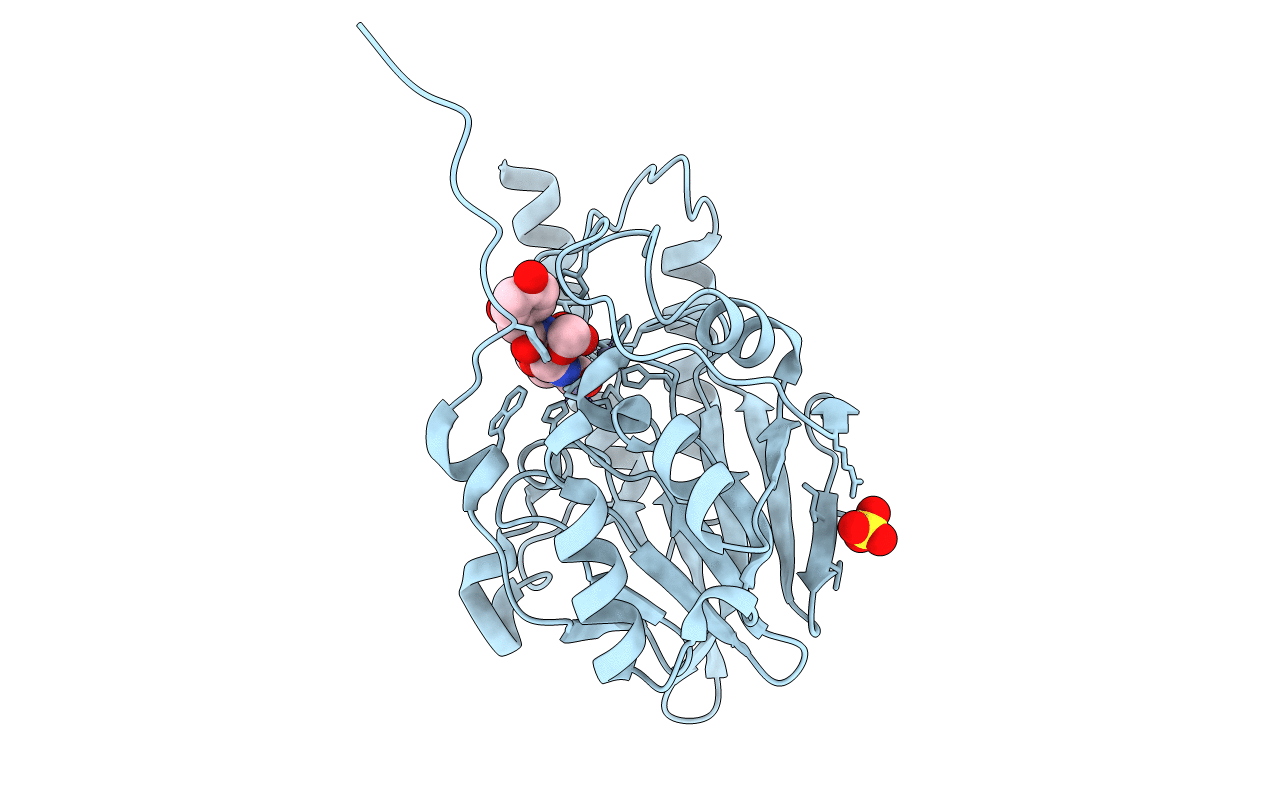
Deposition Date
2005-07-30
Release Date
2005-10-11
Last Version Date
2024-11-13
Entry Detail
PDB ID:
2AIO
Keywords:
Title:
Metallo beta lactamase L1 from Stenotrophomonas maltophilia complexed with hydrolyzed moxalactam
Biological Source:
Source Organism:
Stenotrophomonas maltophilia (Taxon ID: 40324)
Host Organism:
Method Details:
Experimental Method:
Resolution:
1.70 Å
R-Value Free:
0.2
R-Value Work:
0.17
R-Value Observed:
0.17
Space Group:
P 64 2 2


